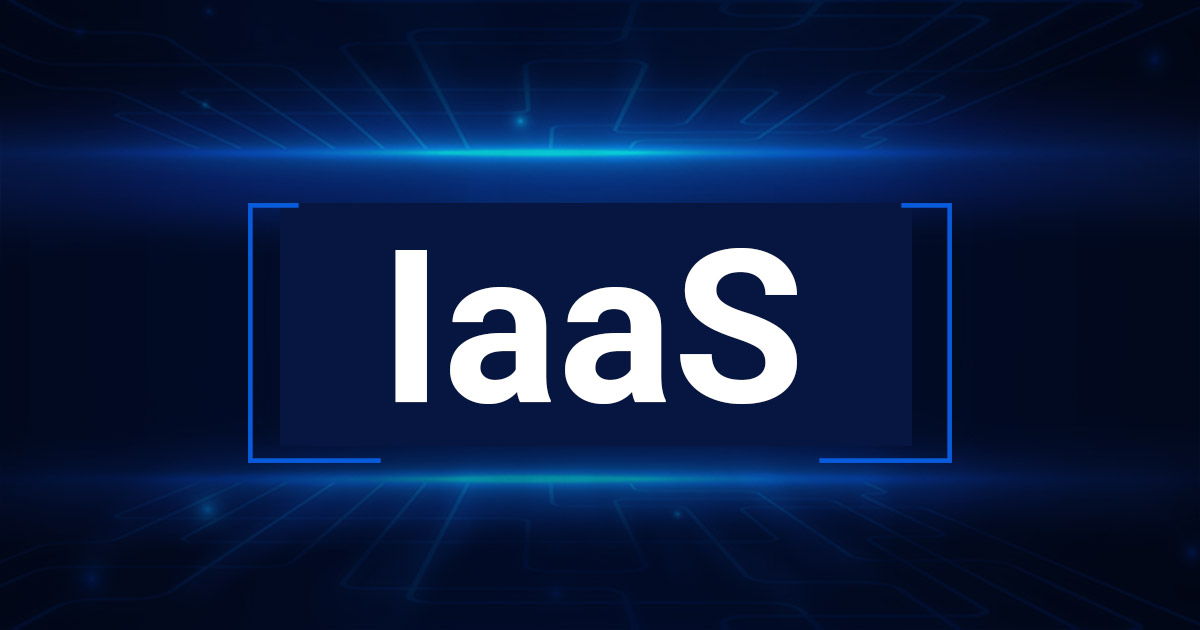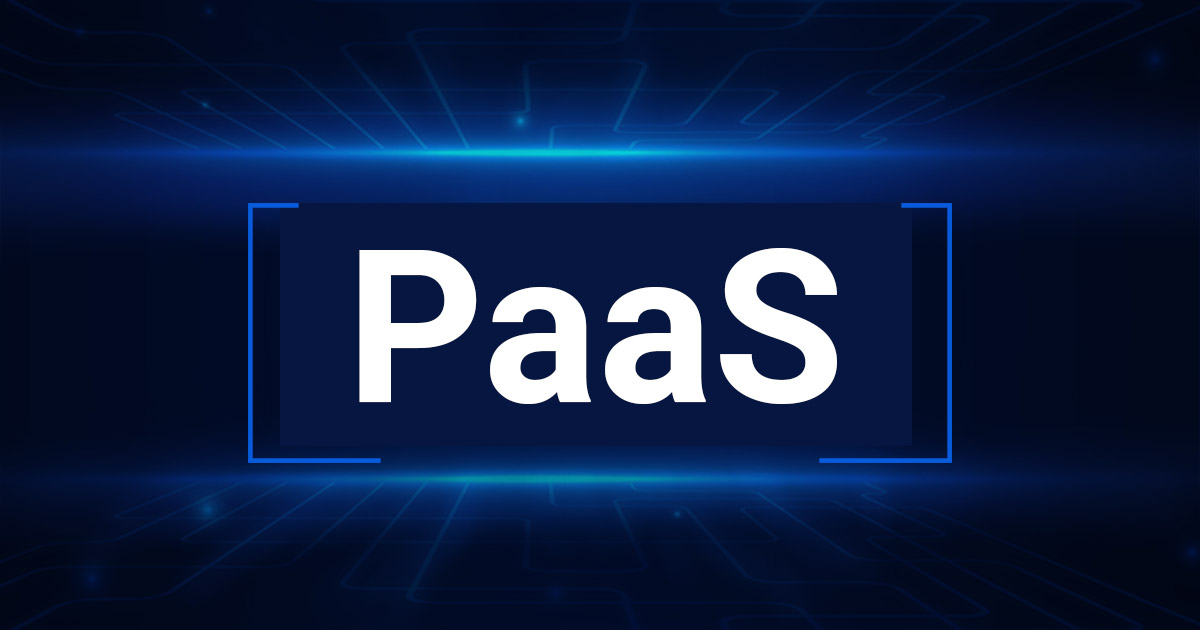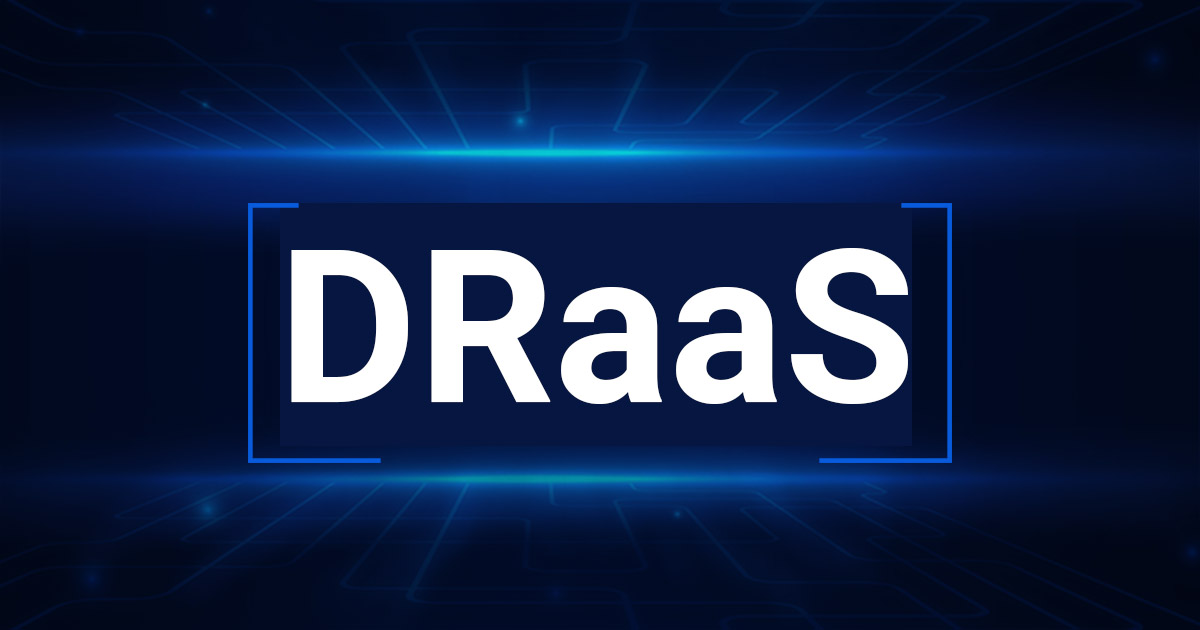IaaS vs DRaaS vs PaaS
Last Updated: February 5th, 2024 5 min read Servers Australia

When it comes to outsourced IT solutions, businesses and organisations have several beneficial options to choose from. Three of the most popular of these options are infrastructure as a service (IaaS), disaster recovery as a service (DRaaS), and platform as a service (PaaS). In this article, we’ll take a look at IaaS vs DRaaS vs PaaS and discuss the unique benefits of each service in order to help you decide which ones are right for your organisation.
Why use IaaS?
IaaS is a model of cloud computing where the cloud hosting provider hosts aspects of an organisation’s infrastructure such as servers, networking hardware, and data storage that would typically be hosted on an on-site data center. The IaaS model offers a number of advantages, including:
Cutting Costs
The IaaS model is able to help organisations drastically lower their infrastructure costs by negating the need for expensive hardware and equipment as well as the maintenance that goes along with such equipment.
Increased Flexible
One of the biggest benefits of the IaaS model is that enables businesses to be more flexible and quickly scale their IT infrastructure up or down as needed. IaaS service providers are typically equipped with the latest, most capable hardware and technology, meaning that they can quickly accommodate the needs of a rapidly growing organisation. Likewise, some organisations may have the need to scale down their IT infrastructure, and IaaS providers can easily accommodate this as well. Either way, IaaS enables organisations to be more flexible in regards to scaling their infrastructure without requiring them to buy or sell off hardware when doing so.
Business Growth
IaaS enabled organisations to spend less time focusing on building and maintaining their IT infrastructure, which in turns means that the organisations will have more time and resources to focus on innovative solutions that will grow their business.
Why use DRaaS?
DRaaS is a service designed to help organisations combat the destructive consequences of disasters such as a cyber attack or a natural disaster that destroys their on-site servers. Some of the benefits of DRaaS include:
Rapid Recovery
Downtime after a disaster can prove incredibly costly, and organisations can never know when a disaster will strike. DRaaS, however, is designed to help organisations hit by a disaster recover their data and resume functionality as quickly as possible.
Fewer Resources Used
DRaaS allows for organisations to access, back up, and recover their assets on the cloud. This means that making use of the DRaaS model enables organisations to protect their data and put a comprehensive recovery process in place without having to invest in tons of additional hardware and software licenses.
Improved Flexibility
When putting together a disaster recovery plan that relies on on-site hardware and software, organisations often must focus primarily on preventing and recovering from a specific type of disaster. DRaaS, however, is much more flexible, enabling organisations to be protected against a wide range of disasters such as loss of power, server failure, human error, cyber attacks, and more.
Why use PaaS?
PaaS is a model designed to give developers a platform where they can create and develop new software. What is PaaS? Some of the advantages of the PaaS model include:
Faster Innovation
PaaS enables developers to focus less on issues such as software updates, storage, and infrastructure while focusing more on creating and deploying an effective application. By freeing up the time of an organisation’s developers, the PaaS model is able to accelerate innovation within the organisation.
By freeing up the time of an organisation’s developers, the PaaS model is able to accelerate innovation within the organisation.
Reduced Expenses
The reality that cloud-based services allow organisations to greatly reduce their expenses is something of a recurring theme, and PaaS is no different. Building an on-premise platform for the creation of new applications takes countless hours of labor and costly hardware and software. PaaS, though, enables organisations to make use of a platform that is already built and perfectly optimised at a much lower upfront cost.
Access to the Latest Technology
Developers working within a PaaS platform will benefit from always having access to the latest and greatest technology. PaaS providers work hard to ensure that they are employing the newest software and to ensure that their platform is always maintained with the latest updates. When running an on-site platform, it’s easy for organisations to get behind on the technology that they are using. With the PaaS model, though, this is no longer a concern.
Choosing Between IaaS vs DRaaS vs PaaS
Each of the three services outlined above offers a number of unique benefits, and it’s likely that your organisation may benefit from making use of more than one of these services. In the end, which services are best for you comes down to the specific needs of your organisation and what you are hoping to accomplish with your cloud service provider.
In the end, which services are best for you comes down to the specific needs of your organisation and what you are hoping to accomplish with your cloud service provider.
In most cases, employing both IaaS, DRaaS, and PaaS will allow for the most comprehensive and effective IT system within your organisation, and setting you up with all three of these services is something we can help with.



